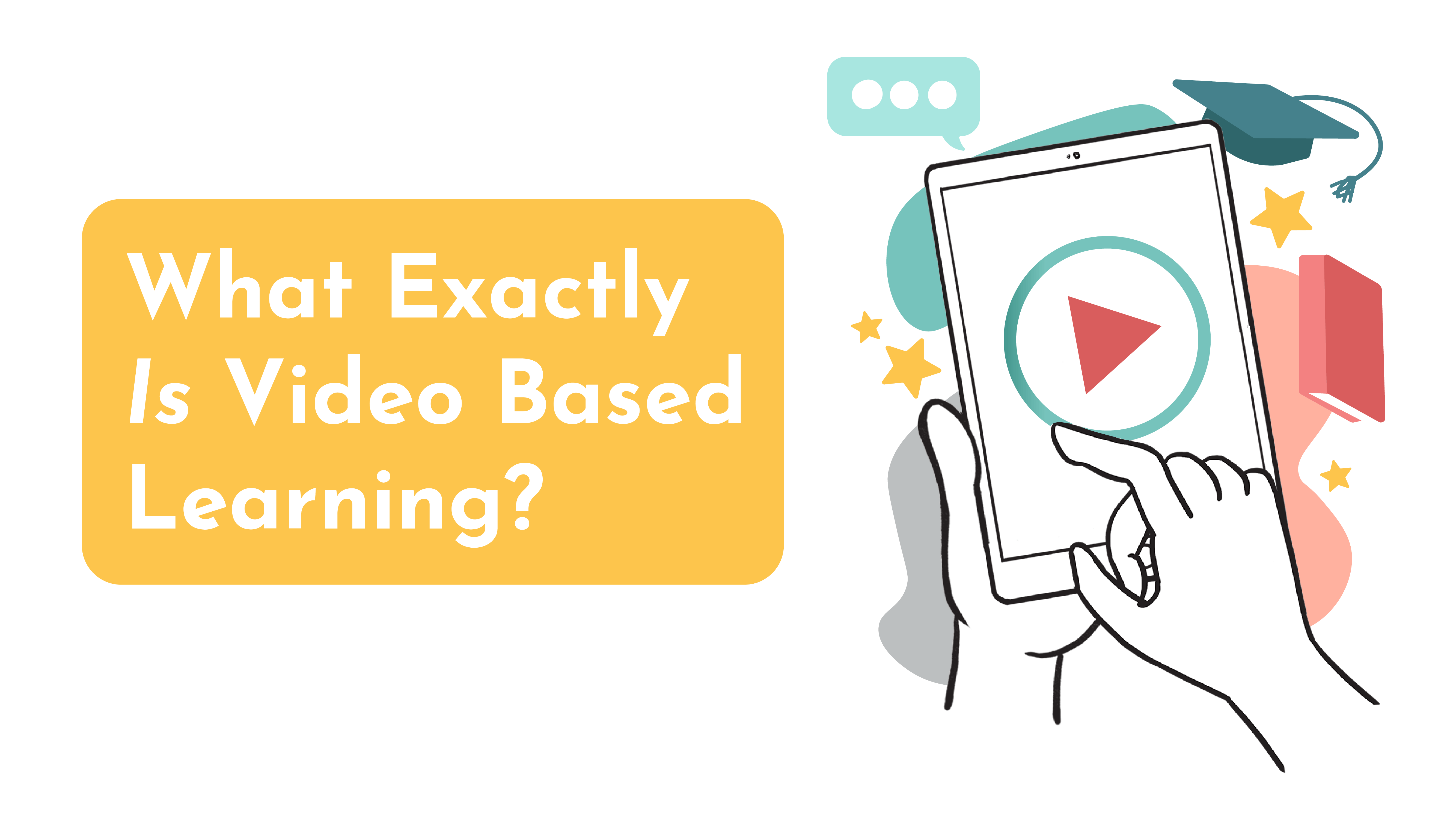
Let’s face it: the workplace as we know it is changing. Through the pandemic, many companies discovered that employees could work just as well from home as they did in an office, and many employees are reluctant to go back to a daily commute, not to mention wearing non-pajama pants. Technology has raced to catch up with our needs to communicate and collaborate across space and time. As we emerge from this phase of the global pandemic, and with so many amazing tools at our disposal, many companies are re-thinking the traditional office space.
In all of this re-thinking of the modern workplace, you may have heard the term “video-based learning” to describe some mysterious magical tool that can replace in-person orientations and trainings. But what exactly is video-based learning?
Simply put, Video-Based Learning means attaining knowledge or skills by watching a video. (Sounds fun, right?) Video-based learning is what you did the last time you had to fix your dishwasher and didn’t want to call a professional, so you looked up a tutorial on YouTube. Video-Based Learning is that epic 2-part documentary about termites narrated by a British scientist that your 10th grade bio teacher pulled out of some storage closet that you still remember for its compelling termite lifecycle drama. (OK, that one might just be me.)
If you aren’t already using video-based learning, it’s time to start!
Video-based learning has been shown to increase people’s retention of details and concepts, more so than when they just read text. So not only is video more appealing for learners, it is actually more effective. This might be because video engages multiple senses (audio and visual), which leads to stronger connections in your brain.
Video-Based Learning can also be more effective than just reading, or sitting in a long training, because it can be broken down into bite-sized pieces that people can watch on their own time. If you have a complex topic, you might be better off making a series of videos than just one. (More thoughts on Video Series here!)
Bringing video-based learning to your team means a high level of consistency, quality, and accessibility. If you have a team that’s spread out in different locations, videos can help unite them under a central message and lesson. You can create videos that say exactly what you want them to, and don’t need to worry about variation between and quality of trainers. And with video, you are able to bring the same learning opportunities to workers all over the world, including speakers of different languages. Video-Based Learning can also be a great team-building tool for a remote workforce – more on that here.
Here are some of the ways we’ve helped our clients use video-based learning:
- Videos detailing customer service training, with interactive questions throughout.
- Animated screencast to educate about how to use a new company dashboard or intranet.
- Explainer video about organization’s Mission, Vision and Values, as the central element of an onboarding module.
- Incorporating short videos into powerpoint slides to be shared at an annual meeting.
- Infographic animation to display key metrics and company trends.
- Scenario video to walk through common workplace situations and solutions.
- Interactive training video that allows users to answer questions and tracks progress over time.
And best of all, you can keep using these resources if and when you go back to a more traditional in-person workplace. Ready to get started on your Video-Based Learning strategy? We’d love to help!


